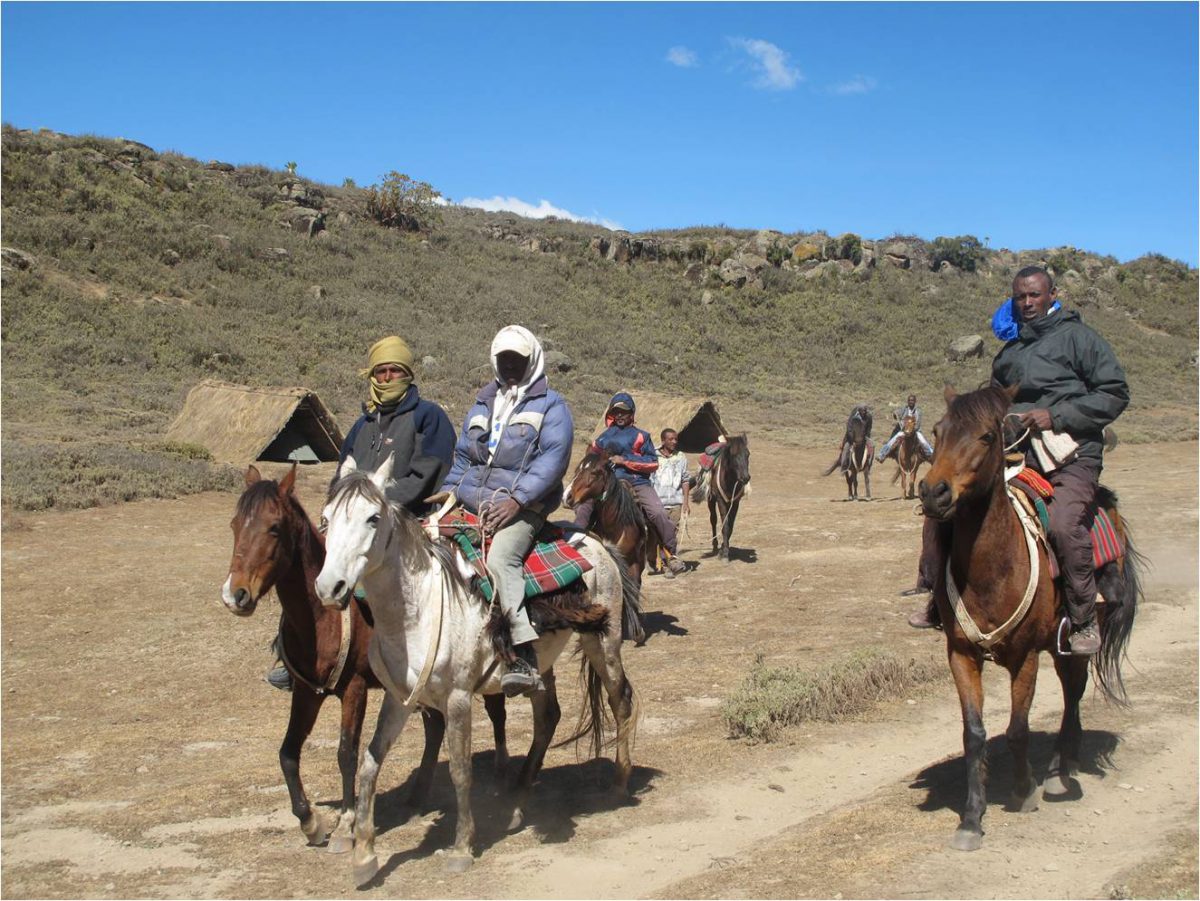The Ethiopian Wolf Conservation Programme (EWCP) has launched a new page on their website to enable everyone around the world to track wolf populations in the Ethiopian highlands. Wolf Mapper, based in the Google product, My Maps, provides interactive, up to date, maps of the EWCP’s wolf monitoring, placing each of the packs, and even observations of individuals, into their geographic context.
Most notably, Wolf Mapper tells the story of the recent rabies outbreak, which started in July 2014 and has killed more than 20 wolves from the Bale Mountain population of about 300 individuals. Viewers can track the course outbreak over space and time, as it was transmitted among geographically-separated wolf families.
JRS Biodiversity Foundation supported EWCP’s investment in software and hardware to streamline data collection and communication in these remote habitats (read more about the EWCP grant here). The tablets and enhanced data-entry app enable the team to record observations in the field, and expedite the communication of information. When rabies began to kill wolves in the area last July, this technology was critical to tracking the spread of the disease by georeferencing wolf carcasses. In addition, the maps enabled researchers to target efforts to vaccinate healthy wolves as well as domestic dogs that might act as a disease reservoir. Wolf Mapper shows the location of the wolf families and more than 100 of the wolves that have been vaccinated.
Along with habitat loss to agricultural development, disease outbreaks like rabies and distemper are among the greatest threats to this species. Diseases, particularly, can reduce the size of small, isolated populations extremely quickly. An informed, rapid response is imperative to mitigating the population loss and technologies like this make such a response possible in the remote, rugged, Ethiopian highlands. Access Wolf Mapper here.

